Evaluating AMD's TrueAudio and Mantle Technologies with Thief
by Ryan Smith on March 18, 2014 1:15 AM EST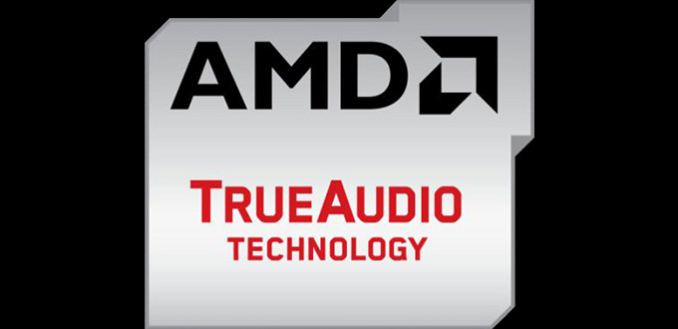
Scheduled for release today is the 1.3/AMD patch for Thief, Square Enix’s recently released stealth action game. Following last month’s Battlefield 4 patch, Thief is the second big push for AMD’s recent Radeon technology initiative, becoming the second game to support Mantle and the first game to support TrueAudio Technology.
Thief has been something of a miss from a Metacritic perspective, but from a technology perspective it’s still a very big deal for AMD and Radeon owners. As a Mantle enabled title it’s the second game to support Mantle and the first single-player game to support it. Furthermore for AMD it showcases that they have Mantle support from more developers than just EA and other Frostbite 3 users, with Square Enix joining the fray. Finally it’s the first Unreal Engine based game to support Mantle, which can be particularly important since Unreal Engine 3 is so widely used and we expect much the same for the forthcoming Unreal Engine 4.
But more excitingly the release of this patch heralds the public release of AMD’s TrueAudio technology. Where Battlefield 4 was the launch title for Mantle, Thief is the launch title for TrueAudio, being the first game to receive TrueAudio support. At the same time it also marks the start of AMD enabling TrueAudio in their drivers, and the start of their TrueAudio promotional campaign. So along with Thief, AMD is also going to be distributing demos to showcase the capabilities of TrueAudio, but more on that later.
Diving right into matters then, at the end of last week AMD was able to get the press access to today’s patch, giving us a short opportunity to look at Thief from both a Mantle perspective and a TrueAudio perspective. As this week coincides with GDC 2014 we haven’t had a ton of time to spend with Thief, so this overview is going to be relatively brief, but it has given us enough time to play with both of AMD’s technologies.
As this is a brief overview we’re going to skip recapping the technical details behind Mantle and TrueAudio. But if you haven’t read our previous works on those subjects, you can find more details on TrueAudio and Mantle in their respective articles.
Finally, launching alongside today’s Thief patch will be the latest rendition of AMD’s Catalyst drivers, Catalyst 14.3 Beta 1 (build 13.1350.1005). We don’t have a change log for these drivers at this point – expect one to be posted alongside the drivers today – but the important point is that these are the drivers intended to be used alongside the newly patched Thief and AMD’s TrueAudio demos.
| CPU: | Intel Core i7-4960X @ 4.2GHz |
| Motherboard: | ASRock Fatal1ty X79 Professional |
| Power Supply: | Corsair AX1200i |
| Hard Disk: | Samsung SSD 840 EVO (750GB) |
| Memory: | G.Skill RipjawZ DDR3-1866 4 x 8GB (9-10-9-26) |
| Case: | NZXT Phantom 630 Windowed Edition |
| Monitor: | Asus PQ321 |
| Video Cards: |
AMD Radeon R9 290X AMD Radeon R7 260X |
| Video Drivers: | AMD Catalyst 14.3 Beta 1 |
| Headphones: | Sennheiser PC 360 |
| OS: | Windows 8.1 Pro |
Mantle
First and foremost, let’s talk about Mantle. Whereas Battlefield 4 was primarily a multiplayer game, Thief is the first single player game to gain Mantle support. So although Thief isn’t the first Mantle game, by virtue of being a single player game it presents gamers and Mantle with a very different and much more tightly structured workload to work off of. Perhaps more importantly, since it is a single player game it has a much more consistent performance profile than Battlefield 4, and better still it even has a built in benchmark to go with it.
On the whole, Thief is a better than average game from a graphics technology perspective. It is a multi-platform title based on Unreal Engine 3, and at higher quality settings includes a number of graphical features such as tessellation, contact hardening shadows, and even supersample anti-aliasing (achieved through internally rendering at a higher resolution). However even with those effects, unlike Battlefield 4, Thief is much easier to CPU bottleneck. On our fastest video cards it tends to be SSAA (or very high resolutions) that leads to Thief being bottlenecked, allowing it to otherwise become CPU bottlenecked at 1080p without SSAA.
When it comes to being CPU limited, Thief’s preferences are clear: 4 cores with as much performance per thread as you can throw at it. This leads to Thief strongly favoring Intel CPUs – first the quads and then the dual cores – with AMD’s CPUs and APUs falling into place after that. As a result of these CPU bottlenecks Thief can trend very close to being a best case scenario for Mantle, so long as it’s not outright GPU bottlenecked.
With that in mind we quickly took a look at Thief’s Mantle performance on an R9 290X (Uber mode to rule out throttling) and an R7 260X to cover both a high-end GPU and a mainstream GPU. Furthermore we tested both of those configurations with a variant of the game’s Very High settings – dropping SSAA down to Low in exchange for 16x AF, alongside the game’s Low settings. Finally we ran the above against both a high-end CPU configuration of 6 cores/12 threads at 4.2GHz, and a low-end configuration of 2 cores/4 threads at 3.3GHz.
On a quick side note, AMD included the following notes with their instructions for testing Thief. In short, Mantle is up and running for all compatible AMD cards, but multi-GPU is not yet working, and memory management is in need of further optimization.
- Mantle performance for GPUs with 2GB framebuffers will receive additional optimization in a future application path for Thief™. Currently, these products may see limited gains in scenarios requiring large amount of video memory (e.g. maximum detail settings with SSAA enabled).
- Multi-GPU support under the Mantle codepath will be added to Thief in a future application patch
- As with other first-person titles, relatively smaller gains will be observed in GPU-bound scenarios
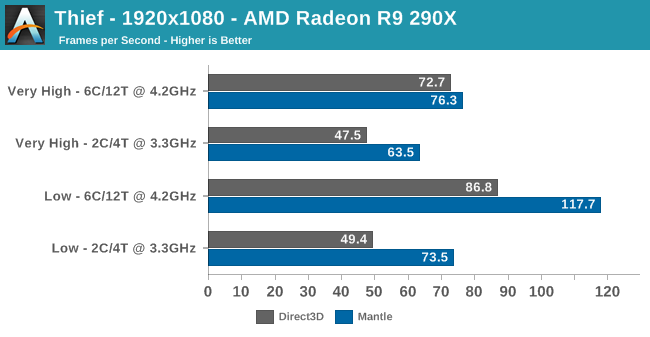
Looking first at the R9 290X, we can see that even at our modified Very High settings, there are still some small performance gains to be had from enabling Mantle. Switching out Direct3D for Mantle gets us another 3.6fps, or a 5% boost in performance. As we would expect however, a far more significant gain can be found when using Low settings. He we can see the 290X top out at 86.8fps with D3D – indicating that our earlier Very High settings weren’t all that far from being CPU bottlenecked – while Mantle boosts that up to 117.7fps, for a gain of 30.9fps or 36%.
From a practical perspective we would expect most 290X owners to be playing at settings similar to Very High, so the performance gains, though appreciated, aren’t especially influential in the long run. But it does give us some idea of what to expect.
Meanwhile if we start slowing down the CPU to just 2 cores at 3.3GHz, we can see the Mantle performance advantage grow. In this CPU bottlenecked scenario the performance gains from enabling Mantle are anywhere between 33% for Very High settings to a rather sizable 49% when using Low settings. This scenario, though contrived, makes for a good reminder of how significantly the current Direct3D rendering pipeline can bottleneck a GPU in the wrong (right?) circumstances.
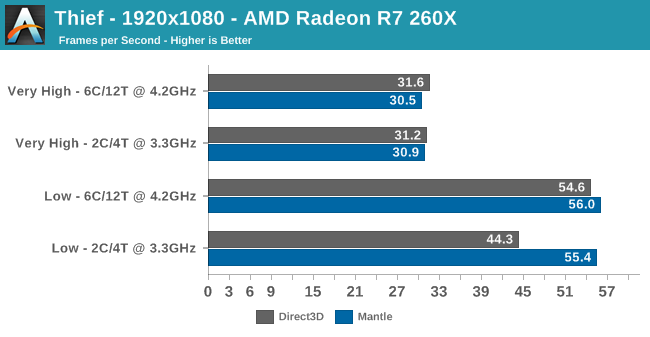
Moving on to the 260X, to no surprise we’re completely and utterly GPU bottlenecked with our Very High settings. The performance gains with Mantle are inconsequential at best, indicating that Mantle isn’t being used to significantly alter the rendering process on the GPU itself.
Shifting over to Low settings still leaves our setup GPU bottlenecked when testing against the 6 core setup, however we do see a very distinct performance gain on the 2 core setup. In this scenario enabling Mantle is worth an 11.1fps boost, or 25%, pushing the framerate up to 55.4fps.
Despite this being an artificial test on our GPU testbed, we would consider this to be a very real scenario overall given the price of the 260X. At $119 (MSRP) the 260X is very likely to be paired with a dual-core CPU or equivalent, so to see a meaningful performance gain in this scenario is promising. Whether any other Mantle-enabled single-player games will be this badly CPU limited remains to be seen, but if other games were to behave like Thief, then we may see similar gains on lower-end setups such as this.
Ultimately we’ve only had a limited amount of time with the Thief Mantle patch, so we’ll have to take a look at the competitive landscape another day. But as a pure Mantle analysis Thief is probably the greater beneficiary from Mantle at this time. The gains at the high end aren’t worth writing home about, but since we need the CPU to churn out a fairly high framerate regardless, there’s a much greater opportunity to benefit from Mantle on lower end Intel CPUs and AMD’s CPUs/APUs.


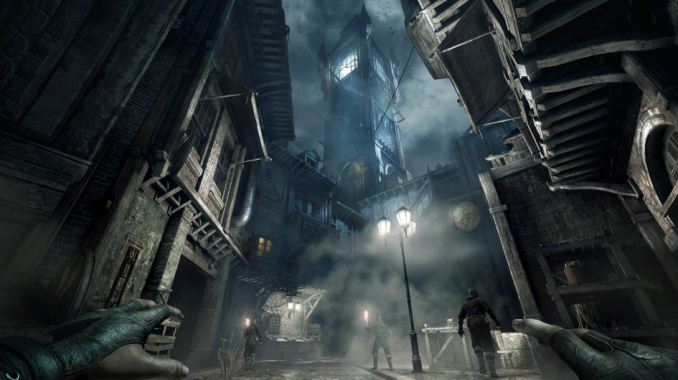
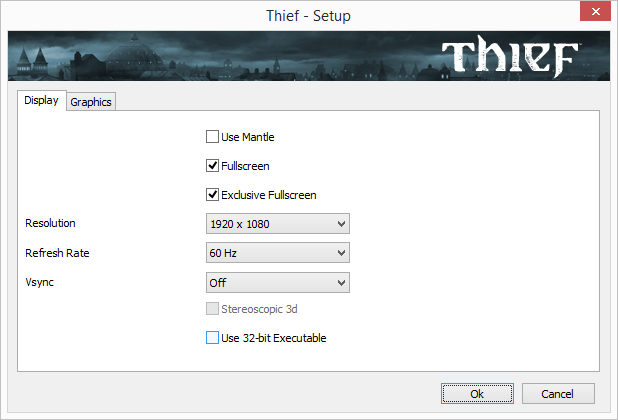









75 Comments
View All Comments
HisDivineOrder - Tuesday, March 18, 2014 - link
The irony is they were so afraid that you wouldn't notice the reverb effects, they amped them up too high and you definitely noticed them......too much.
But listening and perception of sound is so subjective that they'll never get it right for everyone. I wonder if they'll get it right for the majority.
That said, the feature is nice to have. I'd like to think nVidia and Intel will follow suit. Matching what consoles have done with regards to audio processing would be nice for the ports that are coming.
Though headphones gamers are... in the minority.
willis936 - Tuesday, March 18, 2014 - link
After reading this article and the comments I'm convinced another piece of hardware isn't the solution. CPUs are already unbelievably powerful DSPs. If they nullified the need for dedicated audio hardware 15 years ago think about where they are now. Good audio engines can do these fancy things like terrain mapping for reverb iff the developer can tag the "type" of terrain each surface is. We're all sitting here with hefty CPUs idling the majority of the time and GPUs that are maxing themselves out. Why not implement an exotic audio engine licensed from some company whose only purpose to make exotic audio engines and forget the hardware and all the headaches that come with it? A DSP won't be a fourth as powerful as a 4670's idle time during gameplay and for those still on Q6600s there's always the "medium quality" option.All that said I don't know of any exotic audio engines or if they even exist, but they should and AAA games should be using them. Idk if it can ever be abstracted so it's, as always, up to the devs. The big deal about trueaudio is that it draws attention and maybe the devs will start paying more attention/money to the engines and implementations.
WaltC - Tuesday, March 18, 2014 - link
The Tuscany demo is one example of what can be done; here's another:https://www.youtube.com/watch?v=nKnhcsRTNME
I've never seen a Creative product do these kinds of 360-degree surround effects in normal stereo. Just set up 5.1 or 7.1 and then plug in a pair of stereo phones--it's really, really poor...;) Most of the sound is just lost. This is so cool because it happens with normal stereo phones, imo.
Sound in individual games is just like graphics--all games are not equal. TrueAudio support is just ramping up. The Tuscany demo and the one I linked above reveal what's possible--just *try* doing those on a normal cpu...;) The reverb is small pototoes--its getting a 360-degree sound stage from stereo that's the really impressive attribute.
wurizen - Tuesday, March 18, 2014 - link
"I for one find 24fps material jerky, blurry, and blatantly unnatural."that's totally the opposite reaction of filmmakers since the advent of the film camera, including filmmakers with giant statures like kubrick to name just one. and not just filmmakers, but cinematographers who've worked for decades (perhaps their entire lives) looking thru that tiny viewfinder and seeing 24 fps. and my bet is that it didn't look unnatural to them. or jerky.
jerky, unnatural and those other adjectives you use did not crop up until video games. just to make it clear her,e buddy!
Antronman - Monday, April 7, 2014 - link
24fps is actually the most optimal fps as far as realism goes.For games, more is desirable because you want faster responses from the game. And also because of refresh rate crap.
24fps is as close to how our eyes see as is feasible today.
maecenas - Tuesday, March 18, 2014 - link
That Tuscany villa demo has the same problems as most games these days - the underlying recordings aren't good. For instance, that church bell sounds terrible. There's only so much you can do with dsps and processing if what you're starting with isn't good.samal90 - Tuesday, March 18, 2014 - link
Would be nice to have some benchmarks with the Kaveri APU. I think Mantle would be very useful in that segment. Low details, good kaveri APU and Mantle should show good gains in my opinion. Why not trying it out Ryan?kyuu - Tuesday, March 18, 2014 - link
Agreed. I'm quite curious as to the impact Mantle will have for AMD's iGPUs.rish95 - Wednesday, March 19, 2014 - link
Aren't they memory bandwidth limited, rather than CPU/GPU? I doubt it would help much.jgstew - Tuesday, March 18, 2014 - link
I'm impressed with the virtual 3D sound in the tuscany demo.